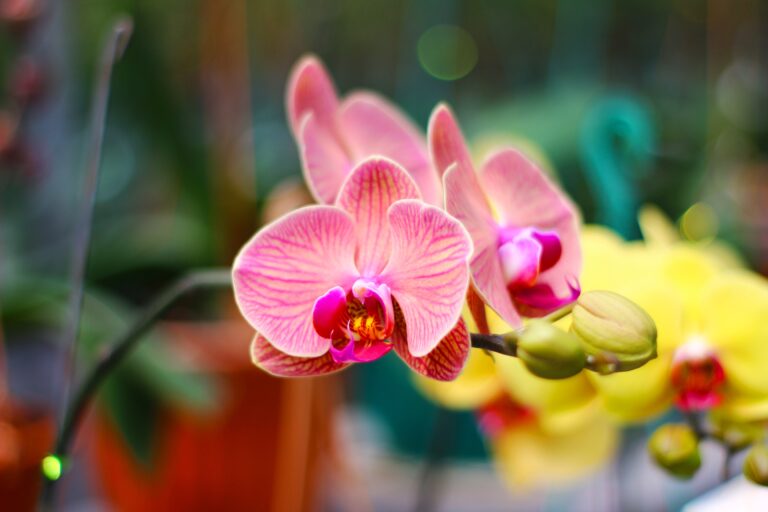Hidden beneath the soil, Rhizanthella is one of nature’s most remarkable plants — an orchid that spends its entire life underground. It never breaks the surface, has no leaves, and survives by drawing nutrients from a specialized fungus that connects it to the roots of the broom bush (Melaleuca uncinata).
First discovered in 1928 by a farmer ploughing a field in Western Australia, Rhizanthella quickly became a botanical sensation. Nearly a century later, it remains extremely difficult to find. Botanists search for it by locating suitable habitats and gently scraping away the soil to reveal its hidden blooms — small reddish flowers enclosed in creamy-pink bracts. These subterranean blossoms emit a sweet vanilla-like scent and are believed to be pollinated by termites or tiny flies.
There are five known species of Rhizanthella, all among the rarest orchids on Earth. With only a handful of surviving populations, they face a high risk of extinction due to habitat loss and worsening droughts linked to climate change.
At the University of Western Australia, botanist Kingsley Dixon is leading efforts to save the species. His team is working to cultivate the orchid in laboratory conditions by pairing its seeds with the necessary fungus and then transferring them to potted Melaleuca bushes. It’s a delicate process — but one that may be the last hope for this extraordinary underground orchid.


